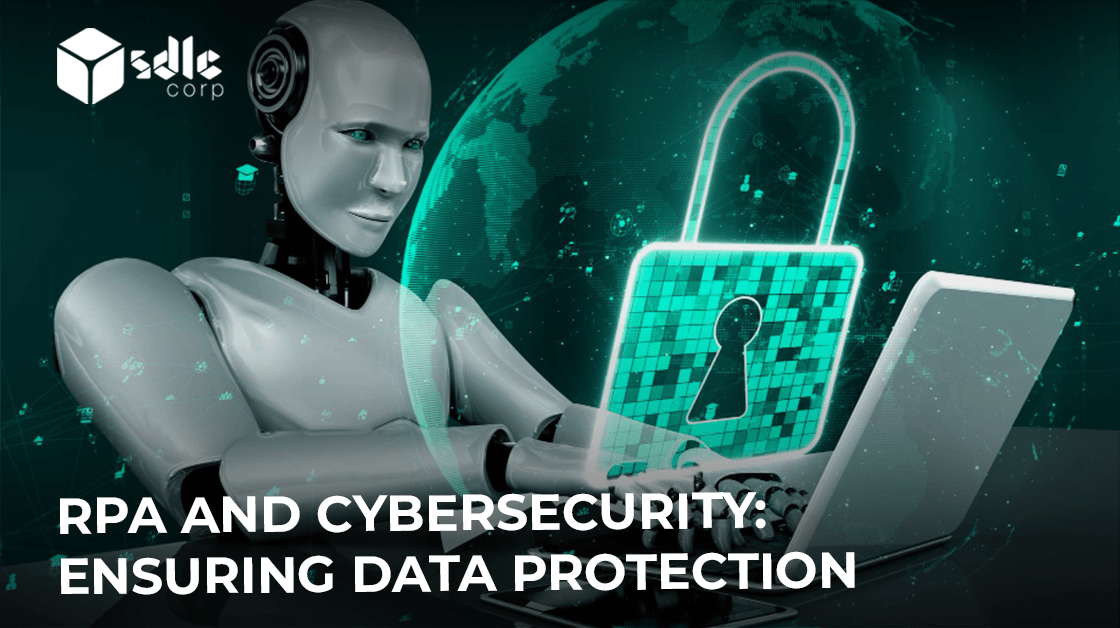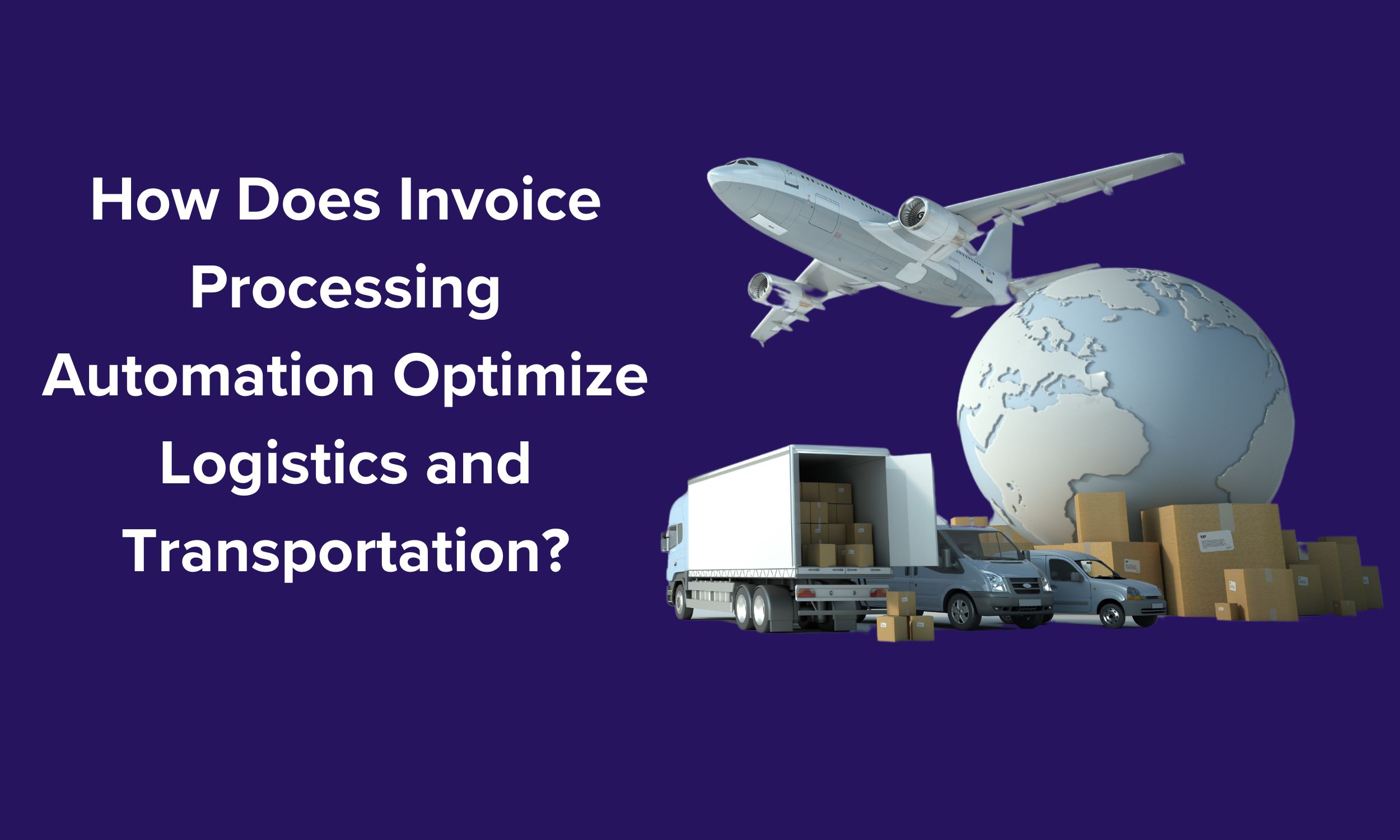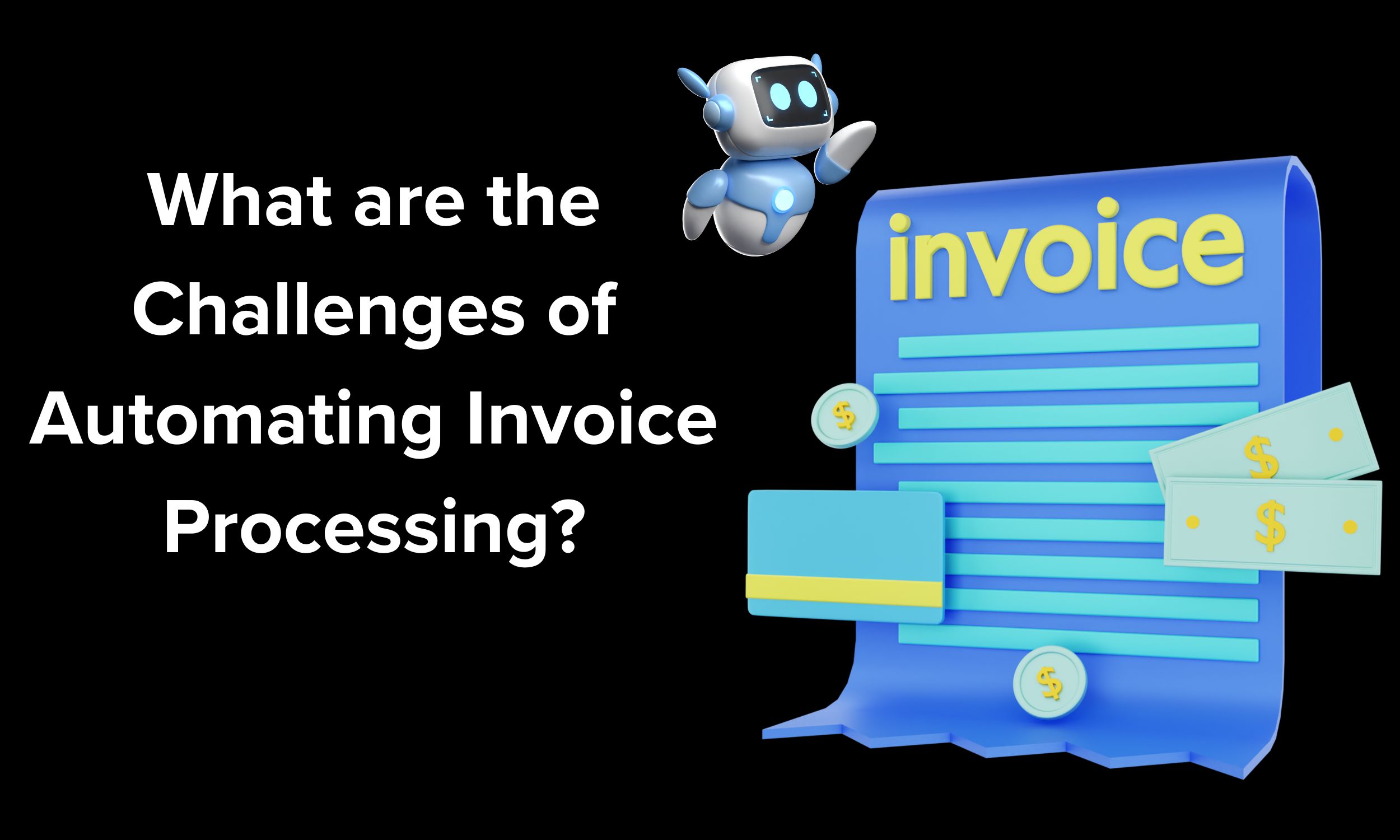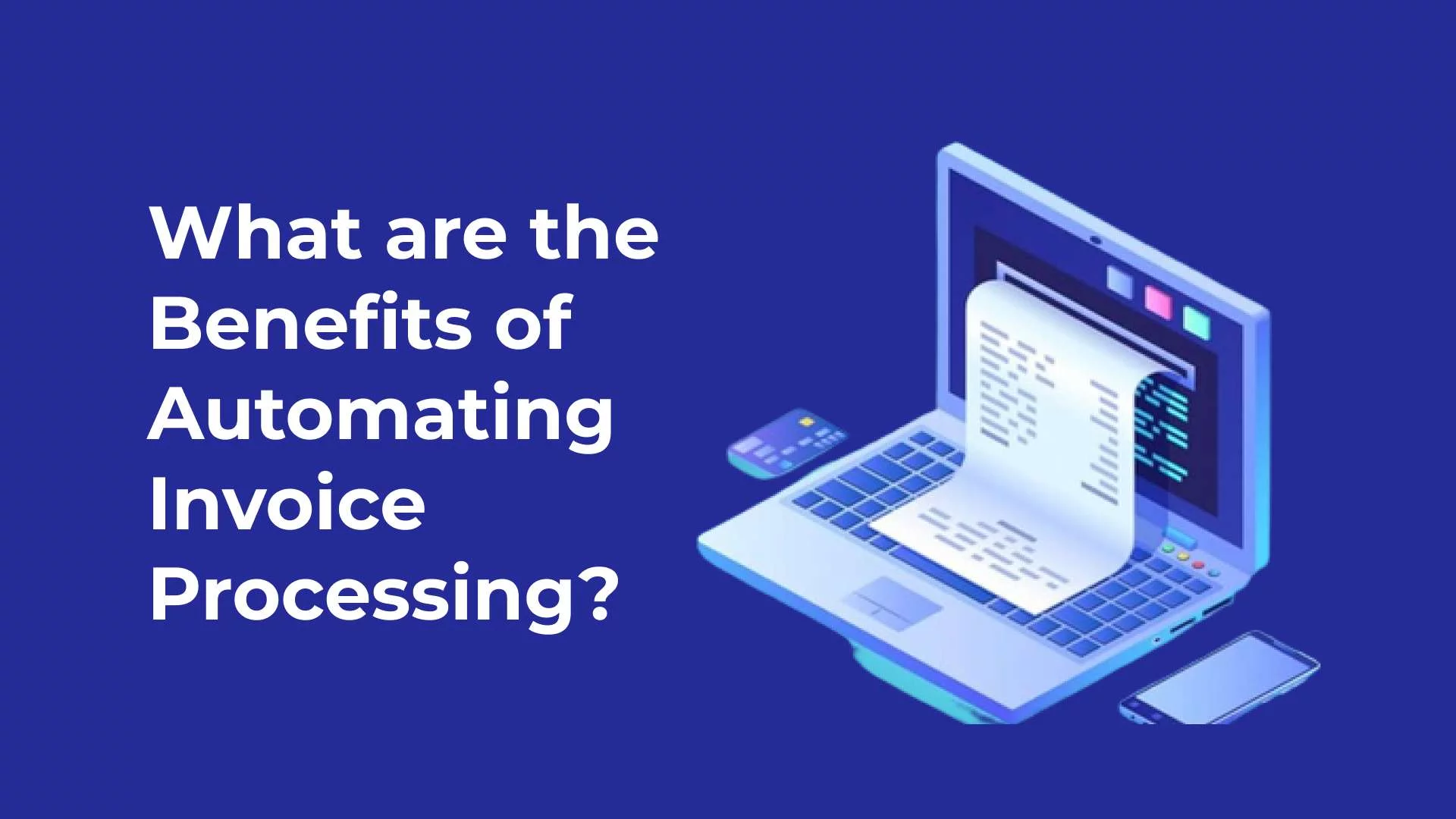Introduction
Robotic Process Automation (RPA) has been gaining widespread adoption in recent years thanks to its ability to automate repetitive and rule-based tasks previously performed by humans. However, while RPA offers several benefits, it poses significant cybersecurity risks, especially regarding data protection.
In this blog, we’ll look closer at the relationship between RPA and cybersecurity and discuss ways to ensure data protection. (Read More about “RPA Implementation: Tips for a Successful Rollout”)
What Exactly is RPA in Cybersecurity?
RPA in cybersecurity refers to using robotic process automation bots to protect companies from cyberattacks and enhance their cybersecurity. RPA bots automate repetitive tasks by simulating human interactions with GUI elements, limiting errors caused by human involvement, reducing human exposure to confidential data, and lowering the cost of a data breach, as shown below.
What Are the Top RPA Uses in Cybersecurity?
Investigating cyber threats entails repetitive tasks and processes that can be automated using RPA to save time and free cybersecurity analysts to concentrate on more complex problems. RPA can be used for the following purposes:
Secure Your Data: Utilize RPA for Robust Cybersecurity!

Automating Data Enrichment Tasks
Automating Privileged Data Management
Manipulation or sharing of sensitive data is part of privileged data administration. Human error is thought to be responsible for 95% of cybersecurity vulnerabilities, such as:
Sending valuable or confidential information to erroneous email addresses
By accident, personal data was published on public networks.
Misconfiguration of assets to enable unauthorized access
RPA bots can handle privileged data entry, updates, and transfer via email or messaging apps, removing human errors that cause system gaps and make them vulnerable to attacks.
Eliminating Unauthorized Access
Using RPA bots to perform specific tasks keeps unauthorized users from accessing confidential or private data. Furthermore, bots can grant people with credentials access to designated sources, monitor their activity, and log their data and activities to create a clear audit trail of sensitive data access.
Running Cyber Threat Searches
Cyber threat hunting is repeatedly searching networks for sophisticated threats and isolating them. When done manually, it takes time because cybersecurity analysts must sift through a large volume of network data to look for indicators of possible threats. It was estimated that it would take 170 days to discover an advanced threat, 39 days to mitigate, and 43 days to recover.
Cybersecurity researchers can use AI-enabled RPA bots to automate searching for odd network traffic, unusual privileged user account activity, login anomalies, database-increased read volumes, and suspicious registry or system file changes.
Explore our other insights!
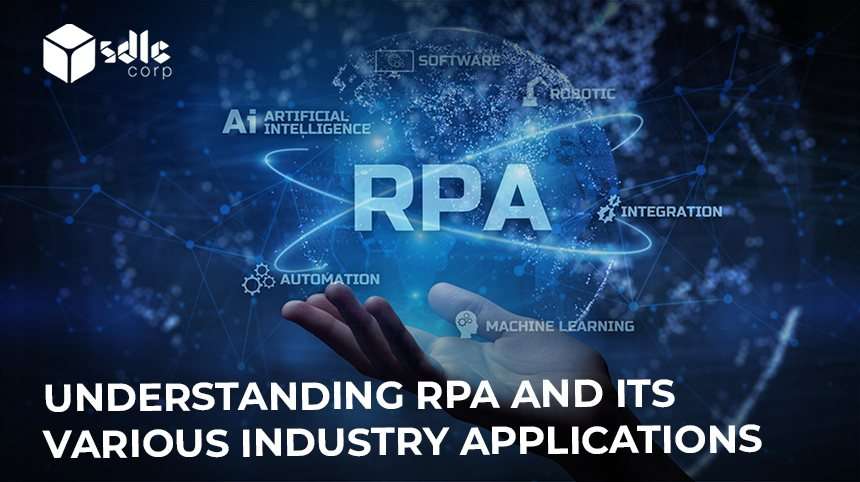
Understanding RPA and its Various Industry Applications
Introduction RPA Industry Applications: Robotic Process Automation (RPA) is an innovative technology that automates mundane, repetitive tasks and

RPA and The Finance Industry: Use Cases and Benefits
Introduction RPA and The Finance Industry: Robotic Process Automation (RPA) is a rapidly growing technology transforming various industries
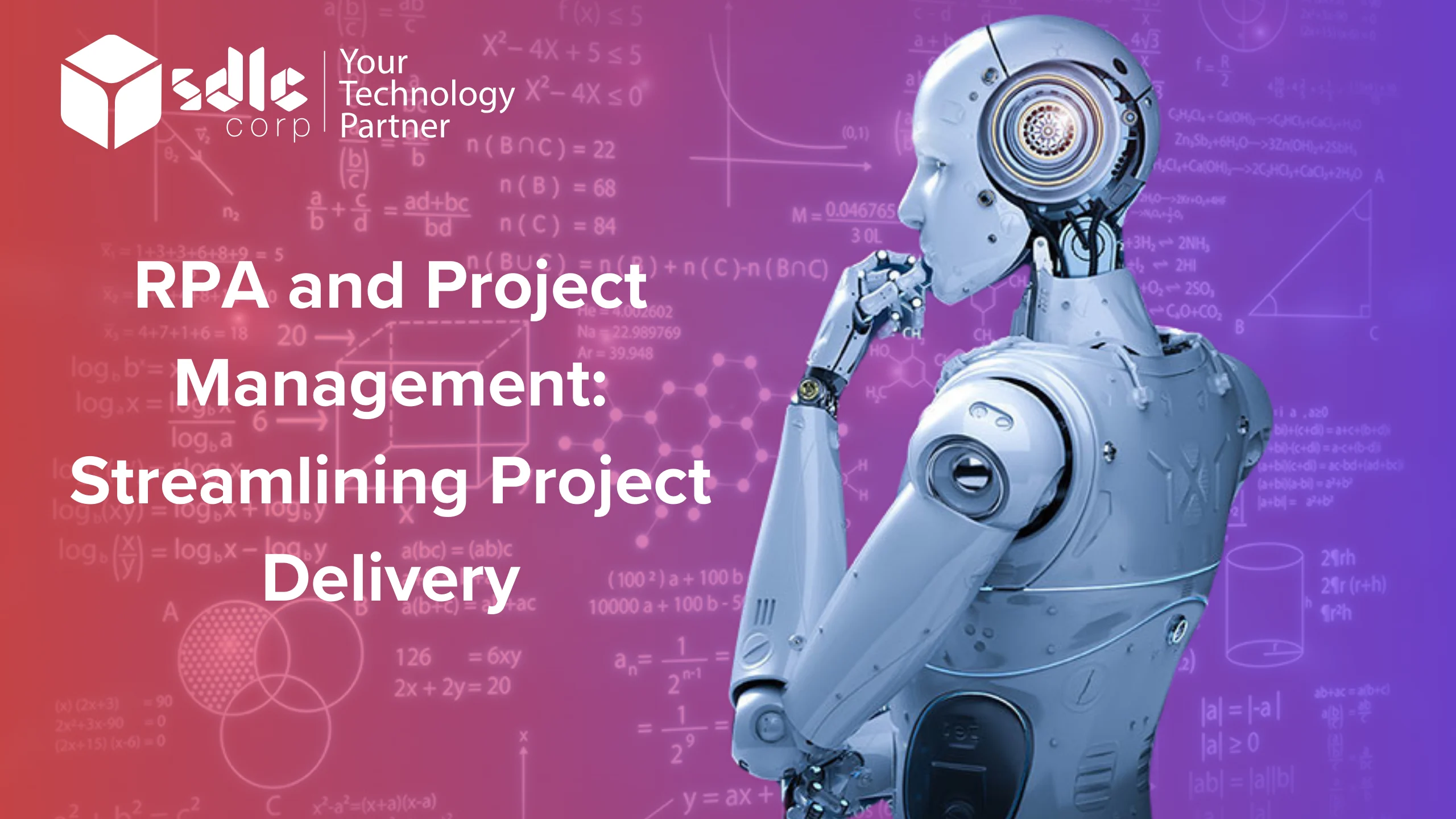
RPA and Project Management: Streamlining Project Delivery
Introduction RPA and Project Management: In today’s fast-paced business world, companies always look for new ways to increase
Running Penetration Assessments
Penetration or pen tests are simulations of cyber-attacks performed on organizations’ computers and systems to assess system security and find security gaps. RPA bots can be programmed to engage with systems in specific ways, scan them, collect the necessary data, initiate actions, and generate reports according to the results of the pen test simulation.
Anti-malware and Viruses
When vulnerabilities or inconsistencies are found in a system, RPA bots can automatically implement security controls. Furthermore, if RPA bots receive an antivirus alert or notification, they will:
Prevention of Unauthorised Access
Using RPA bots to perform specific tasks keeps unauthorized users from accessing confidential or private data. Furthermore, bots can grant people with credentials access to designated sources, monitor their activity, and log their data and activities to create a clear audit trail of sensitive data access.
Eliminating Unauthorized Access
Using RPA bots to perform specific tasks keeps unauthorized users from accessing confidential or private data. Furthermore, bots can grant people with credentials access to designated sources, monitor their activity, and log their data and activities to create a clear audit trail of sensitive data access.
1. Classify the alert based on threat groups.
2. Based on the identified alert, initiate a security control.
3. Create a threat report and submit it to the cybersecurity team.
Software Update
Software updates are necessary for cybersecurity because they frequently include essential security patches. For example, in 2017, the American credit bureau Equifax was the target of a cyber attack that compromised the personal information of 143 million individuals.
The cyber attack was made possible by a vulnerability in a web application addressed in a recent software update that Equifax failed to activate. RPA bots can detect pop-ups about software updates and notify the IT staff.
AI-powered RPA bots can also be programmed to look for the most recent software upgrade online, download it, and initiate an updated workflow. As a result, automating software updates will eliminate the risk of cyber attacks caused by software gaps. (Read More about “RPA for Data Entry: Automating Mundane Tasks”)
Protect Your Data: RPA for Strong Cybersecurity!

What are the Drawbacks of RPA?
Although RPA bots can greatly simplify cybersecurity processes, they can also bring the risk of data leakage and fraud. Some risks associated with using RPA in defense include the ones listed below:
1. Abuse of Bot Credentials
Users accessing the bot that handles sensitive data may use their credentials to program the bot to transmit specific data to their addresses. However, assigning each bot to a particular user ensures bot operators are held accountable.
2. System Downtime
Bot downtime can occur due to a rapid series of bot activity, a lack of upkeep, or unexpected network failures. If a bot that detects cybersecurity warnings drops, its confidential data becomes vulnerable. As a result, it is critical to constantly check bots for vulnerabilities and simulate threats to expose system flaws and gaps.
3. A Cybersecurity Attack on the RPA Bot
Here Are Some Statistics and Analytics Related to RPA and Cybersecurity
1. The market for robotic process automation is projected to expand at a CAGR of 19.5% between 2020 and 2025, increasing from its current value of $1.59 billion to $1.89 billion. This prediction comes from a Gartner study.
2. Cybersecurity Ventures says that hacking will cost the world $10.5 trillion annually by 2025, up from $3 trillion in 2015.
3. The Ponemon Institute found that the typical data breach cost $3.86 million in 2020, up 10% from 2019.
4. RPA implementation can lead to potential cybersecurity risks such as unauthorized access to data, malicious activities by insiders, and compromised credentials.
5. Organizations are implementing various cybersecurity measures to mitigate these risks, such as multi-factor authentication, encryption, access controls, and audit trails.
6. A report by Forrester Research suggests that organizations should integrate RPA with their overall cybersecurity strategy to protect sensitive data.
7. According to a survey by Deloitte, only 5% of organizations have fully integrated RPA with their cybersecurity strategy, indicating the need for increased awareness and implementation of cybersecurity measures in RPA processes.
What Are the Finest RPA Implementation Practices in Cybersecurity?

The Bottom Line
RPA is a superior technology that can improve efficiency and productivity. However, it poses potential cybersecurity risks that must be addressed. By implementing the above measures, companies can ensure that their
RPA
implementation is secure and that sensitive data is protected.

